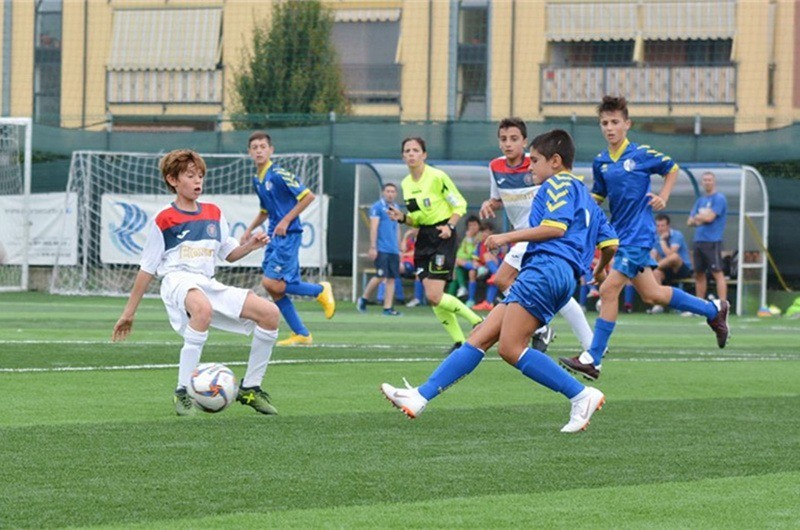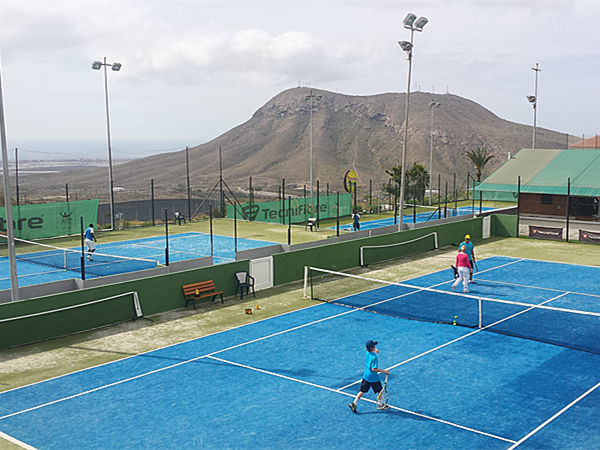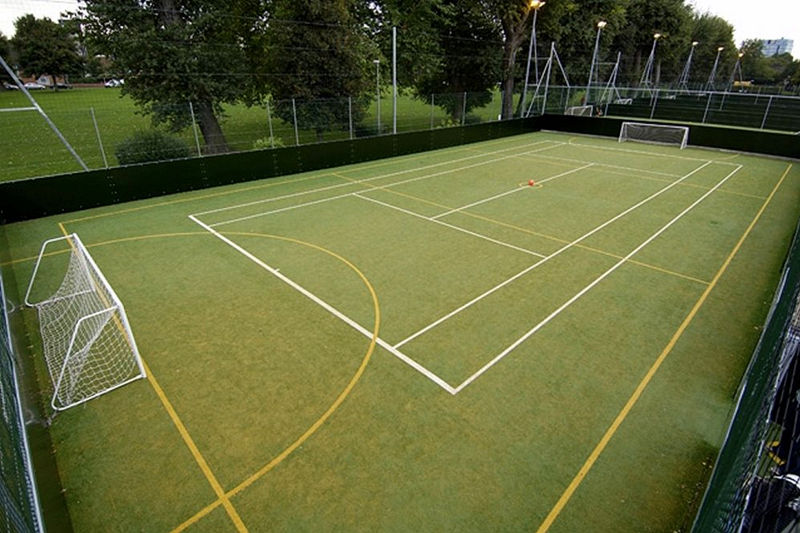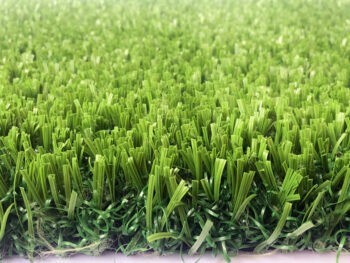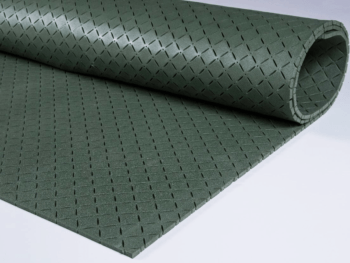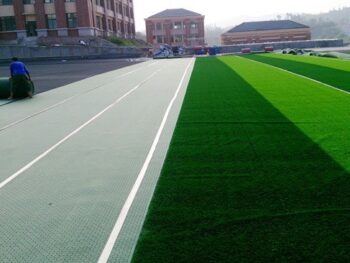When it comes to artificial grass, one of the questions frequently asked is whether infill is necessary or if non-infill artificial grass is a better option. The decision between the two depends on various factors. In this article, we will delve into the reasons for using infill, as well as situations where infill may not be required.
To make it easier for you to navigate through the article, here is a breakdown of the topics covered:
Table of Contents
Why use infill for artificial grass?
Infill serves several important purposes for artificial grass. Let’s explore the key reasons why infill is recommended:
Structure and Uprightness: Infill provides structure to the artificial grass fibers, helping them stand upright. Without infill, artificial grass tends to lay flat. Even artificial grass with thatch may not stand well without the support of infill. Infill ensures that the fibers maintain their natural appearance and prevent them from appearing flat or matted.
Cushioning and Resilience: When walking or stepping on the artificial turf, infill provides a cushioning effect. This cushioning protects the roots of the fibers and adds resilience to the entire artificial turf system. Infill enables the turf to better absorb impact, reducing the risk of injury. It also enhances the comfort and playability of the surface.
UV Protection: Infill protects the primary backing of the artificial grass from UV exposure. Traditional football turf or artificial grass with thatch and pile less than 30mm may not have yarn that completely covers the primary backing. Infill acts as a barrier, shielding the primary backing from harmful UV rays. This protection helps to extend the useful life of the artificial grass product.
To summarize, infill is crucial for artificial grass due to the following reasons:
- It provides structure to the fibers, ensuring they stand upright.
- It offers cushioning and resilience, enhancing the performance and comfort of the turf.
- It protects the primary backing from UV exposure, prolonging the lifespan of the artificial grass.
By utilizing infill, artificial grass systems become more stable, durable, and suitable for a wide range of applications, including play areas, sports fields, and landscaping projects.

In the pictures above, the left one is one of our non-infill artificial turfs, and the right one needs infill. The fibers of the second artificial turf will stay flat without infill.
What is non-infill artificial grass?
Non-infill artificial grass refers to grass with frizzy fibers (thatch), a narrow gauge, and a high stitch rate. Thatch fibers serve a similar purpose to infill by supporting the grass and providing resilience. The key factors for non-infill artificial grass include:
- Thatch in the root zone
- Narrow gauge (typically less than 3/8 inch)
- High stitch rate
While these factors are essential, there are no specific technical criteria to determine whether artificial grass requires infill or not. The important considerations are that the non-infill turf should be dense, flexible, and capable of withstanding traffic.
Does artificial grass with thatch mean non-infill artificial grass?
Although most landscape artificial grass products feature thatch at the root, not all of them qualify as non-infill artificial grass. Some artificial grass with thatch may lack sufficient density to keep the fibers standing. These products tend to flatten easily under pressure. In such cases, we recommend infilling the artificial grass with silica sand to enhance stability, flexibility, and durability.
Making the decision: Infill or non-infill?
Choosing between infill and non-infill depends on the specific conditions of your project. Let’s explore the recommendations for different scenarios:
Landscape and play areas:
For low-traffic landscape areas, you can use any of our recommended products without infill. However, if the area experiences high traffic, it is advisable to use silica sand infill. This not only increases the lifespan of the artificial grass but also provides stability. The infilling process is relatively simple and involves spreading the sand with a drop spreader or cast spreader, followed by brushing it into the fibers with a stiff broom. Larger projects may require a brush machine for efficient infilling.
That said, even for high-traffic areas, non-infill artificial grass can be considered for specific applications, such as:
- Yards with severe slopes (gradual slopes are suitable)
- Play areas for children and pets
- Areas surrounding swimming pools
Our non-infill artificial grass, featuring thatch, narrow gauge, and extremely high density, is an ideal choice for these situations. It provides a safe surface for kids, remains cool around pools, withstands heavy foot traffic, and eliminates the need for maintenance due to infill. It is also suitable for pool surroundings and indoor applications, as it avoids clogging pool filters and keeps indoor areas clean.
Football fields:
Most traditional football grass requires silica sand and crumb rubber infills. Without infill, the fibers of football grass tend to lay flat. Silica sand and rubber granules work together to create a stable and flexible playing surface.
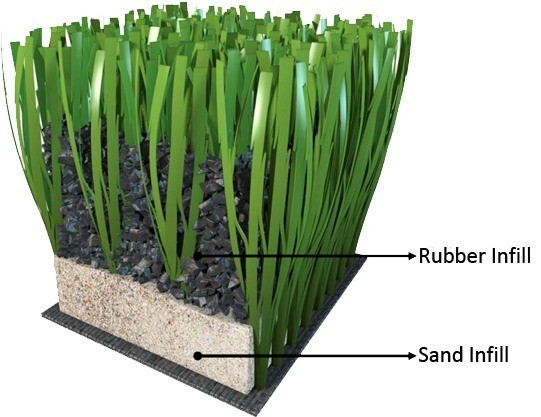
Sand and rubber infill stabilize and support the system
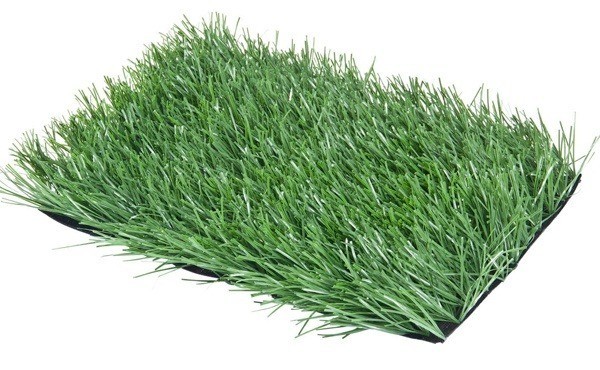
The fibers of a football grass naturally lay “flat” without the infill materials
Silica sand:
- Provides stabilization and support
- Environmentally beneficial
- Accounts for 70% of total infill weight
Rubber granule:
- Provides a softer playing surface and bounce
- Resists floating or displacement in high-use areas
- Environmentally beneficial
- Accounts for 30% of total infill weight
However, we offer non-infill football turf that combines innovative yarn and tuft designs to create high-quality, low-maintenance football pitches. This turf, when laid on a shock pad (optional but recommended), eliminates the need for sand or rubber infill, resulting in faster installation and reduced maintenance. The shorter blades make it ideal for multi-sport and smaller pitches.
We provide excellent non-infill football grass options on the market, including various models to choose from. For more details, please contact us.
Will non-infill artificial grass provide enough resilience?
As mentioned earlier, infill provides a cushioning effect. Thatch grass in non-infill systems offers a similar role, but is it sufficient? Non-infill football grass performs well for 5-a-side or 3-a-side practice fields, as well as for landscape and pool surroundings. However, for professional football pitches or playgrounds requiring extra resilience and protection, we recommend adding a shock pad layer beneath the non-infill artificial grass.
There are different types of shock pads available, and we can provide more information upon request.
Conclusion
In conclusion, the choice between infill and non-infill artificial grass depends on the specific requirements of your project. Here is a summary of the recommendations for different applications:
Landscape and play areas:
- For low-traffic landscape areas, infill may not be necessary.
- For high-traffic areas, infilling with silica sand is advisable to increase lifespan and stability.
- However, our non-infill artificial grass options, featuring thatch, narrow gauge, and high density, are suitable for play areas with specific considerations such as severe slopes, children and pet play areas, and pool surroundings. They provide safety, temperature control, durability, and easy maintenance.
Football fields:
- Traditional football grass generally requires infills such as silica sand and crumb rubber to create a stable and flexible playing surface.
- However, we offer non-infill football turf options that eliminate the need for sand or rubber infill. These options are ideal for smaller pitches, multi-sport fields, and projects with reduced installation and maintenance requirements.
It is important to note that the non-infill options may benefit from the addition of a shock pad layer for increased resilience and protection, especially for professional football pitches and playgrounds.
In summary, infill is recommended for landscape applications and high-traffic play areas, while non-infill options are suitable for specific scenarios with lower traffic. For football fields, infilled grass is generally preferred, but non-infill options can be considered for certain projects. It is always advisable to consult with an installer or contact us for more detailed information and specific recommendations based on your project’s requirements.

